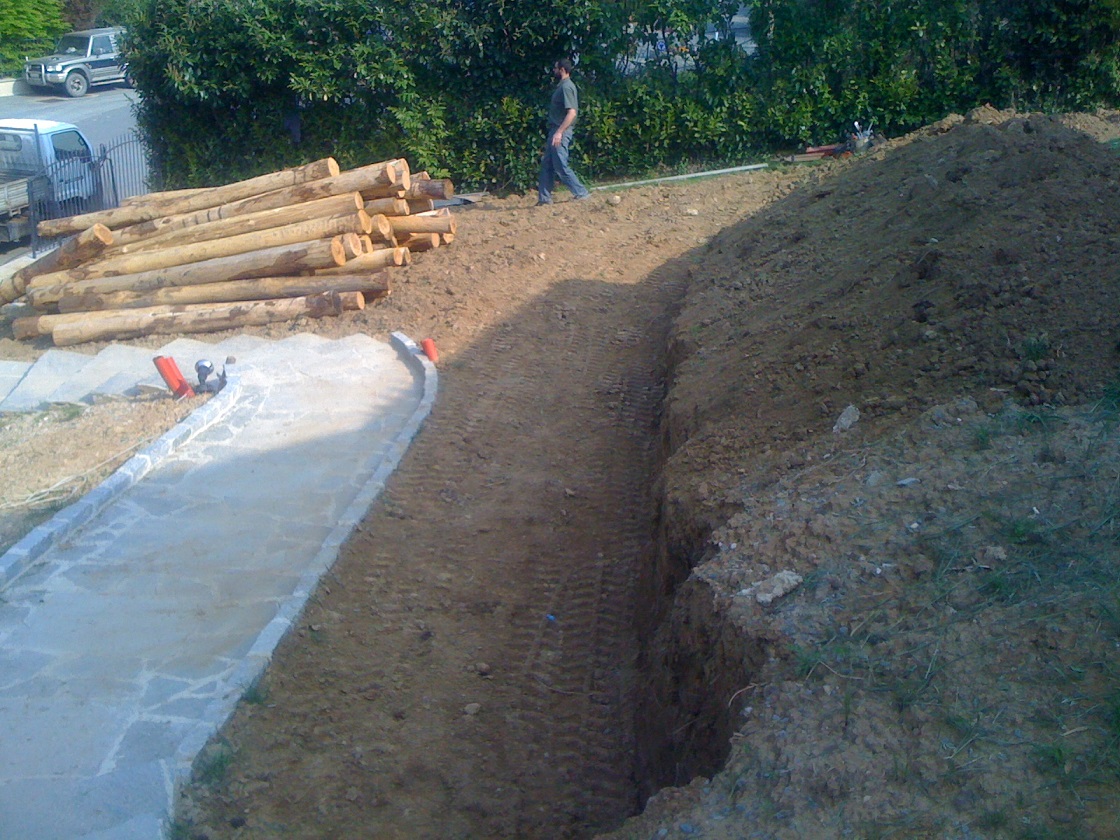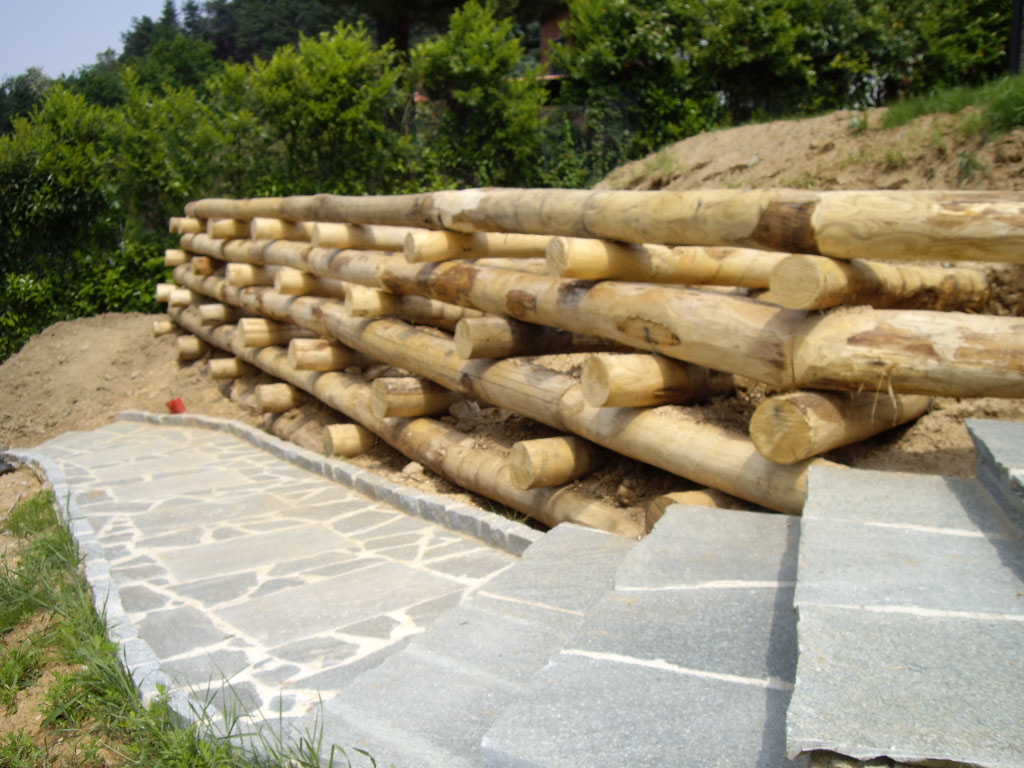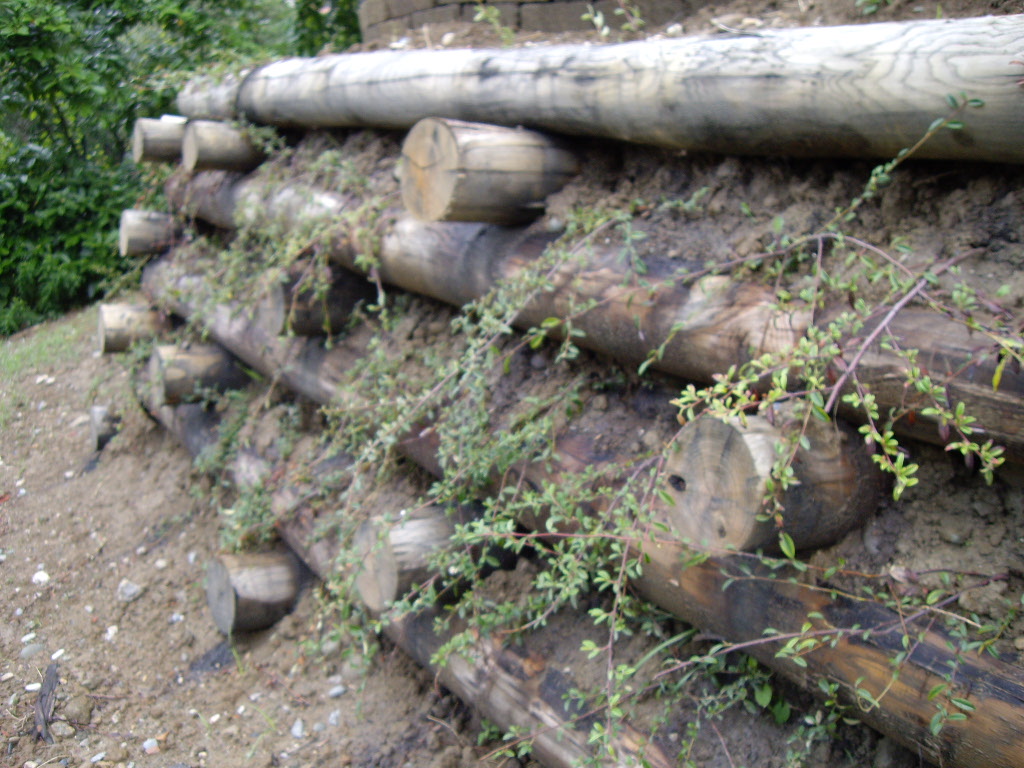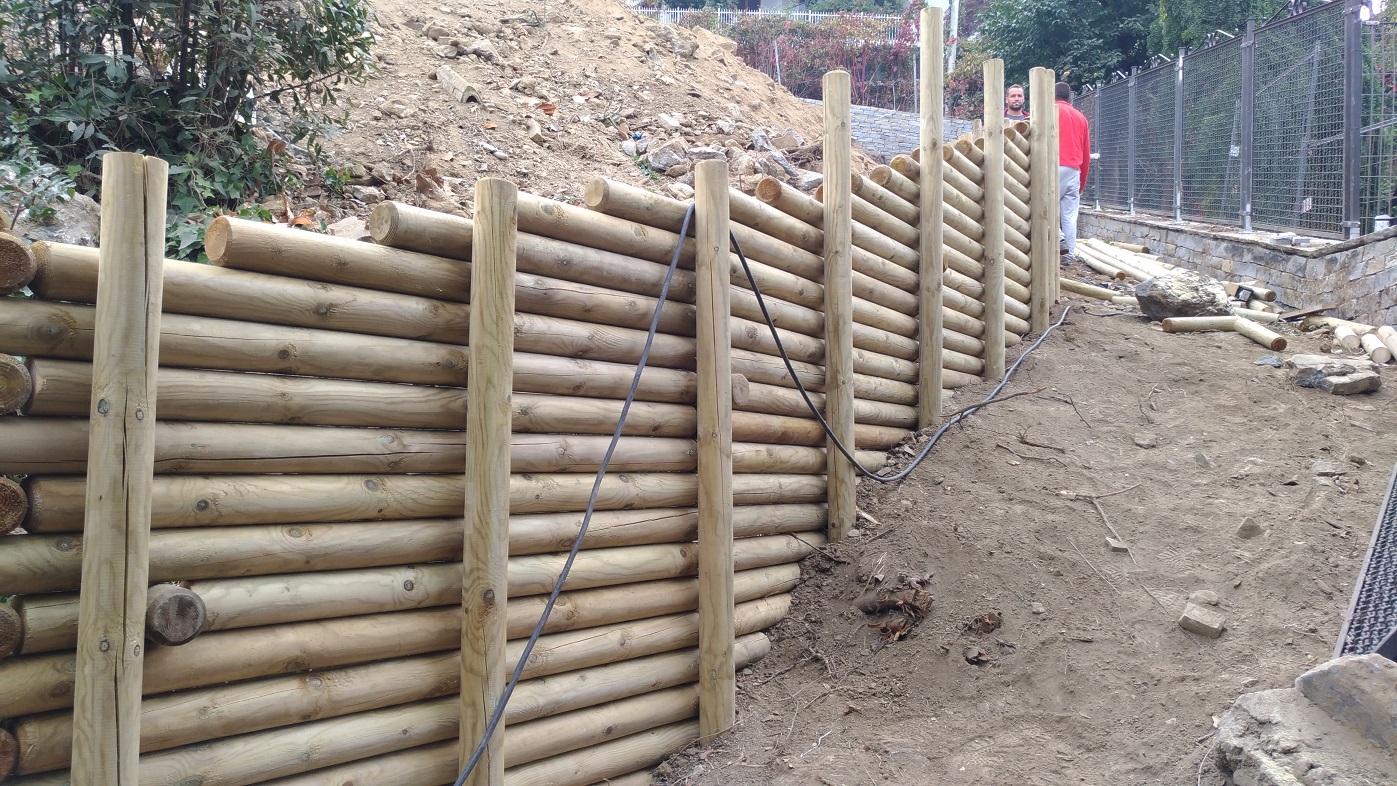Ingegneria naturalistica, idrosemina, mimetizzazione paesaggisticaL’ingegneria naturalistica affonda le sue radici nelle tecniche di consolidamento forestale dei versanti in pendenza, mediante l’uso di materiale di origine vegetale quale tronchi, pali, fascine, biostuoie e piante da rimboschimento e consolidamento scarpate. Completa tali tecniche la semina mediante pratiche chiamate idrosemina e la sistemazione di scogliere e massi.I vantaggi sono il ridotto impatto estetico grazie all’armonioso accostamento di tali materiali a contesti naturali e il non uso di materiali dalla difficile biodegradabilità quali possono essere il cemento o le plastiche. Generalmente la base per consolidare un declivio è una palificata o una biostuoia in mezzo alle quali vengono piantate piantine o talee di essenze naturali, cosicché la vegetazione ricopre e scherma tutto a crescita avvenuta. Se fatte in maniera corretta l’intervento si mimetizza alla perfezione e diventa difficile da individuare nel paesaggio. Pagine correlate:
Giardino moderno
|

|

|

|

|

|

|
